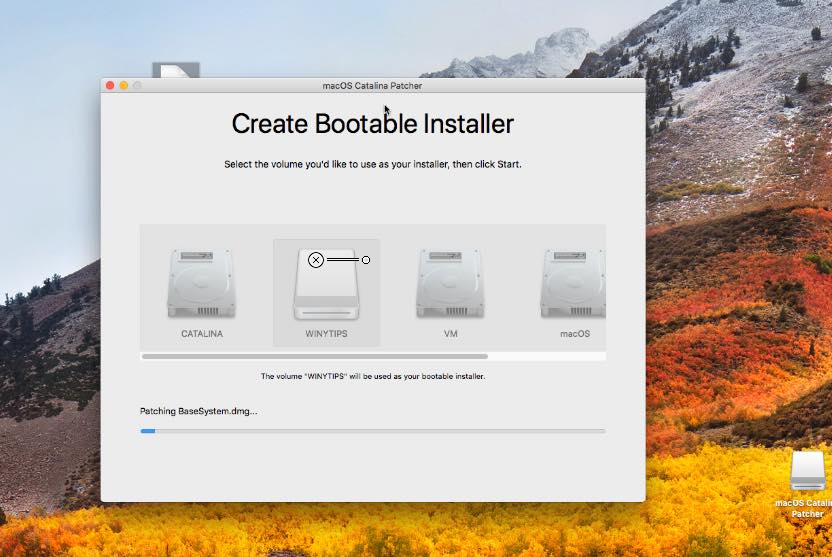The era of Mac OS X is over. Kind of.
- Macos Catalina For Unsupported Macs Os
- Macos Catalina Beta On Unsupported Macs
- Macos Catalina For Unsupported Macs Windows 7
- Macos Catalina For Unsupported Macs

Macos Catalina For Unsupported Macs Os

For the first time in almost two decades, Apple has decided to bump up the version number of the Mac’s operating system. The change is meant to call attention to both the pending Apple Silicon transition—Big Sur will be the first macOS version to run on Apple’s own chips, even if it’s not the first to require those chips—and to an iPad-flavored redesign that significantly overhauls the look, feel, and sound of the operating system for the first time in a long while. Even the post-iOS-7 Yosemite update took pains to keep most things in the same place as it changed their look.
Macos Catalina Beta On Unsupported Macs
The macOS Catalina runs typically on all the Macs that run Mojave. Even if it doesn’t, as well, you can definitely install macOS Catalina on your unsupported Mac. Catalina requires at least a 4GB of memory an addition 2 GB which runs Mojave. The macOS Catalina is one of the incredible operating systems. Macs compatible with macOS Big Sur (macOS 11): 2015 and later MacBook; 2013 and later MacBook Air; Late 2013 and later MacBook Pro; 2014 and later iMac; 2017 and later iMac Pro; 2014 and later Mac mini; 2013 and later Mac Pro; And Accordingly, the following models capable of running macOS Catalina will not be able to be upgraded to macOS Big Sur. Nov 14, 2020 A primitive USB patcher for installing macOS Big Sur on unsupported Macs By the way, if you have a Mac Pro, Big Mac by StarPlayrX is another patcher worth considering. For 2008 Mac Pros (MacPro3,1) in particular, Big Mac is clearly a better option than this patcher (at least for now).
But unlike the jump from Mac OS 9 to Mac OS X, where Apple swept away almost every aspect of its previous operating system and built a new one from the foundation up, macOS 11 is still fundamentally macOS 10. Early betas were even labeled as macOS 10.16, and Big Sur can still identify itself as version 10.16 to some older software in order to preserve compatibility. Almost everything will still work the same way—or, at least, Big Sur doesn’t break most software any more than older macOS 10 updates did. It may even be a bit less disruptive than Catalina was. This ought to be a smooth transition, most of the time.
Macos Catalina For Unsupported Macs Windows 7
We won’t be making any major changes to how we approach this review, either. We’ll cover the operating system’s new look and new features—the things that any Big Sur Mac will be able to do, regardless of whether it’s running on an Intel or an Apple Silicon Mac. To the extent that it’s possible to do without final hardware in-hand, we’ll cover the new macOS features that will be native to Apple Silicon Macs and outline how the software side of the transition will go.
Macos Catalina For Unsupported Macs
Table of Contents
